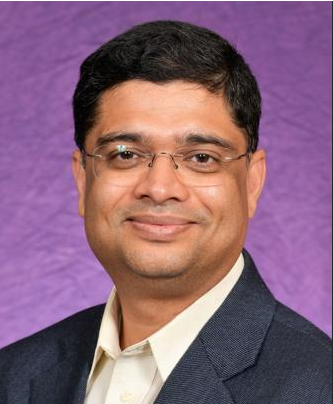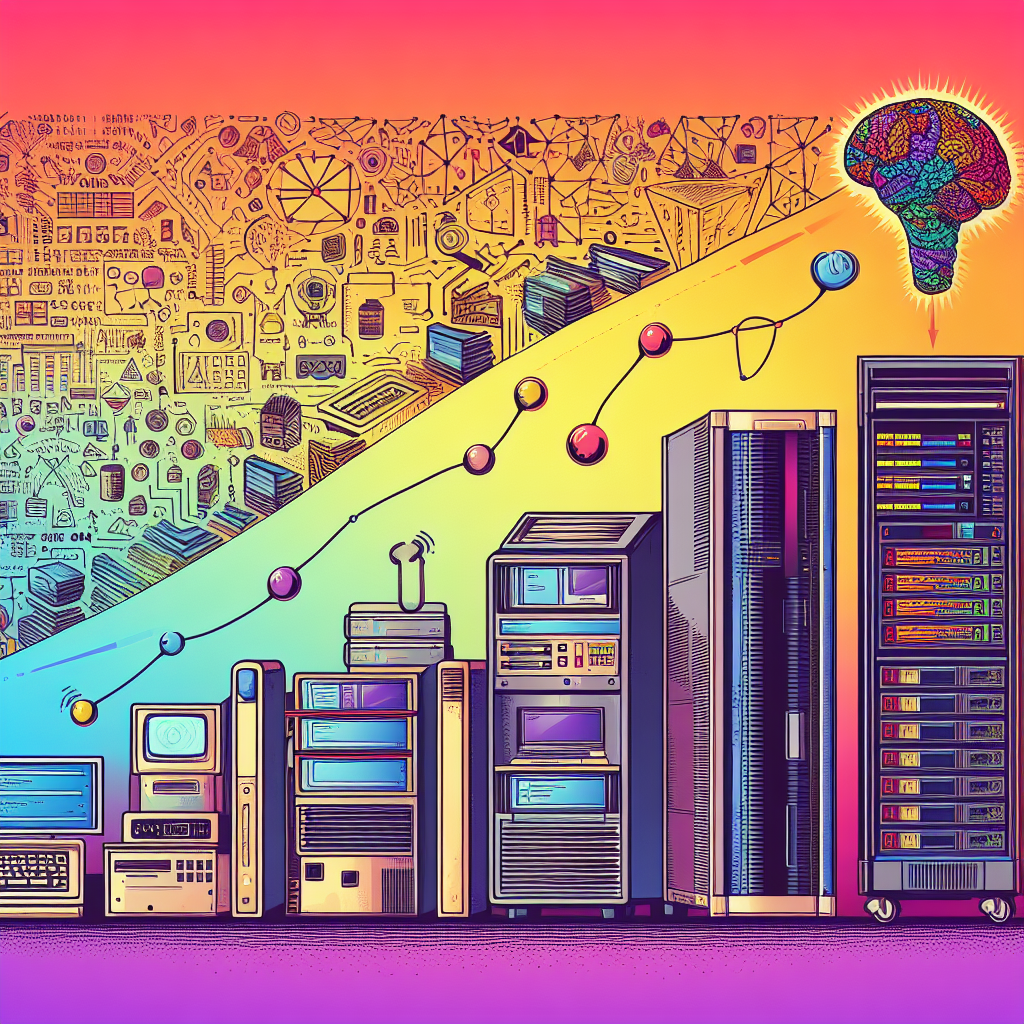In this first of a two-part series, Dr. Rajeev Bukralia, coordinator of Minnesota State Mankato’s fastest growing Data Science Master’s Program, offers a measured look at the academic application of generative AI. In this first installment, understanding where artificial intelligence is going starts with understanding how we got here. Dr. Bukralia career immersion in artificial intelligence provides a strong point of reference to help grasp the vision for artificial intelligence and its many applications.
by LENNY KOUPAL, CSU Communications Coordinator
When it comes to the debate over artificial intelligence, Dr. Rajeev Bukralia, associate professor and graduate coordinator for Data Science at Minnesota State Mankato, views things from three different angles.
“My perspective is going to be a bit unique,” Bukralia said. “One is, of course, I’m a faculty member. So, I see the opportunities and the challenges it poses. But I’m also in the field of artificial intelligence. I have taught those courses for a number of years. My own doctorate was focused on artificial intelligence. So, I am fascinated by its potential.”
His third perspective includes leading IT units as a Chief Information Officer as well as academic dean and associate provost at other universities.
“I have had the opportunity to look at the technologies from different angles. Angle of a creator. Angle of a faculty member, and angle of an administrator. Those things bring different aspects together,” he said.
For a full perspective on AI, Bukralia said one needs to go back to the birth of the computer in the 1940s. Already, scientists were envisioning the computer as more than a sophisticated calculator.
What if a computer could think, carry on conversations, have cognitive abilities?
“The idea was: Can the computer do tasks that are uniquely suitable for humans,” Bukralia explained.
Over the next two decades scientists advanced that idea and coined the name artificial intelligence. Sometimes in the 1960s, Bukralia said the technology went through an “artificial intelligence winter.”
“There was not much happening in the field. So, this AI in 1980s and 1990s became sort of a dead field in computer science,” he added.
The interest was there but not the technology or computational power needed to mimic the capacity and capability of human brain power.
“So computer processors were not good at handling those things. Over the last couple of decades, they have gotten extremely good, so the computational power in the last 20 years has skyrocketed,” Bukralia said.
Thanks to the digital age, there’s access to more data than ever before.
”The fuel for AI is data. So now we have the fuel. And we have the right engine, we have the right computational power,” Bukralia said.
The final component to AI advances is funding. The private sector has far surpassed original federal funding. With that investment came unprecedented computer power, data and know-how.
“So the industry is pumping in money. You have Google, Microsoft, and others who have an abundance of talent, humongous amount of data, great deal of computational processing power,” Bukralia said. “All of those factors combined together, now we are seeing what I would call the second coming of AI.”
Today, AI presents itself in countless applications from face recognition to the helpful voices of Siri, Alexa and Bixby.
“Artificial intelligence is everywhere,” Bukralia said. “All these chat bots; that’s all artificial intelligence. When Netflix shows you which movies to watch, that’s artificial intelligence. When we go buy stuff from Amazon.com, and they recommend a product we might be interested in buying, that’s artificial intelligence. A car that won’t start because it doesn’t recognize you or one that automatically manages your speed; it’s all artificial intelligence.”
Bukralia said the evolution of artificial intelligence in recent times is the application of Generative AI, or the ability of a computer to create new data from existing data.
“When the artificial intelligence is able to generate data; it’s able to generate words. It’s able to generate pictures. It’s able to generate music,” he added. “
In his academic world, Bukralia leads the Data Science Master’s Program at Minnesota State Mankato, which he initiated eight years ago. The fastest growing master’s degree on campus, the program includes artificial intelligence-related courses.
Along with coursework come meaningful insights into the power, potential and problems created by this technology.
“Of attention right now is this tool called ChatGPT. Nobody expected that this would gain this momentum this quickly,” Bukralia said. “This is a technology like no other technology. This technology is so pervasive.
“Everywhere, even today, your power systems, are all controlled by AI. Stock market, controlled by AI because computers are making decisions of which stocks to sell, which stocks to buy, humans are not making that decision,” he added. “Humans don’t have that much brain power to sit on the computer and make that level of decision-making that requires millions of transactions every minute. Computers are doing all of these transactions. So the level of automation is driven by AI.”
That technology will take away jobs. Likewise, it will open new opportunities for young professionals entering the technology industry.
“It has potential. It has challenges. To learn about both is about using it. If you never use it, you don’t know what its potential is” Bukralia said.
In the second part of this two-part series, Dr. Bukralia looks at how faculty and students can navigate the academic challenges and possibilities generative AI brings.


